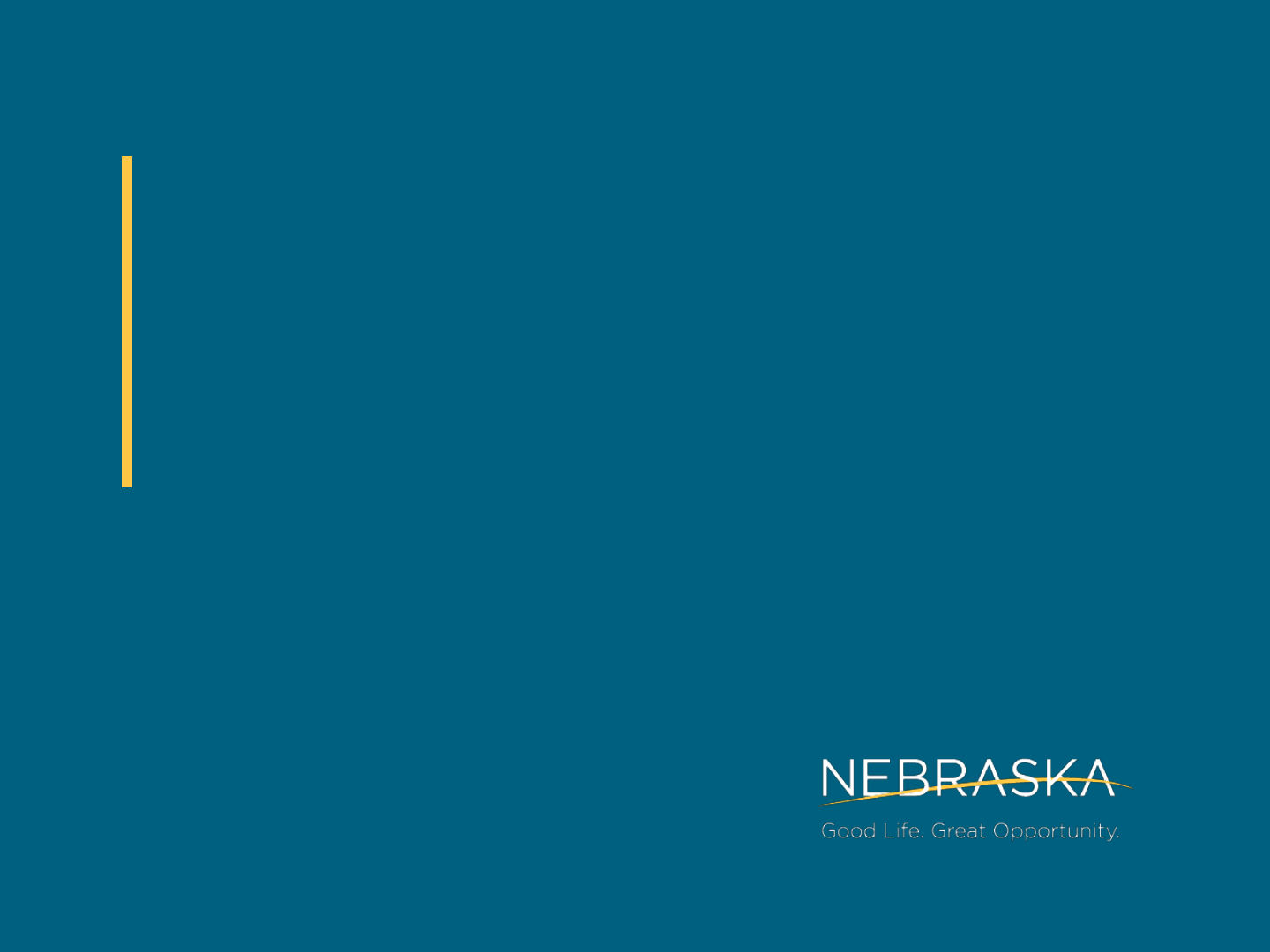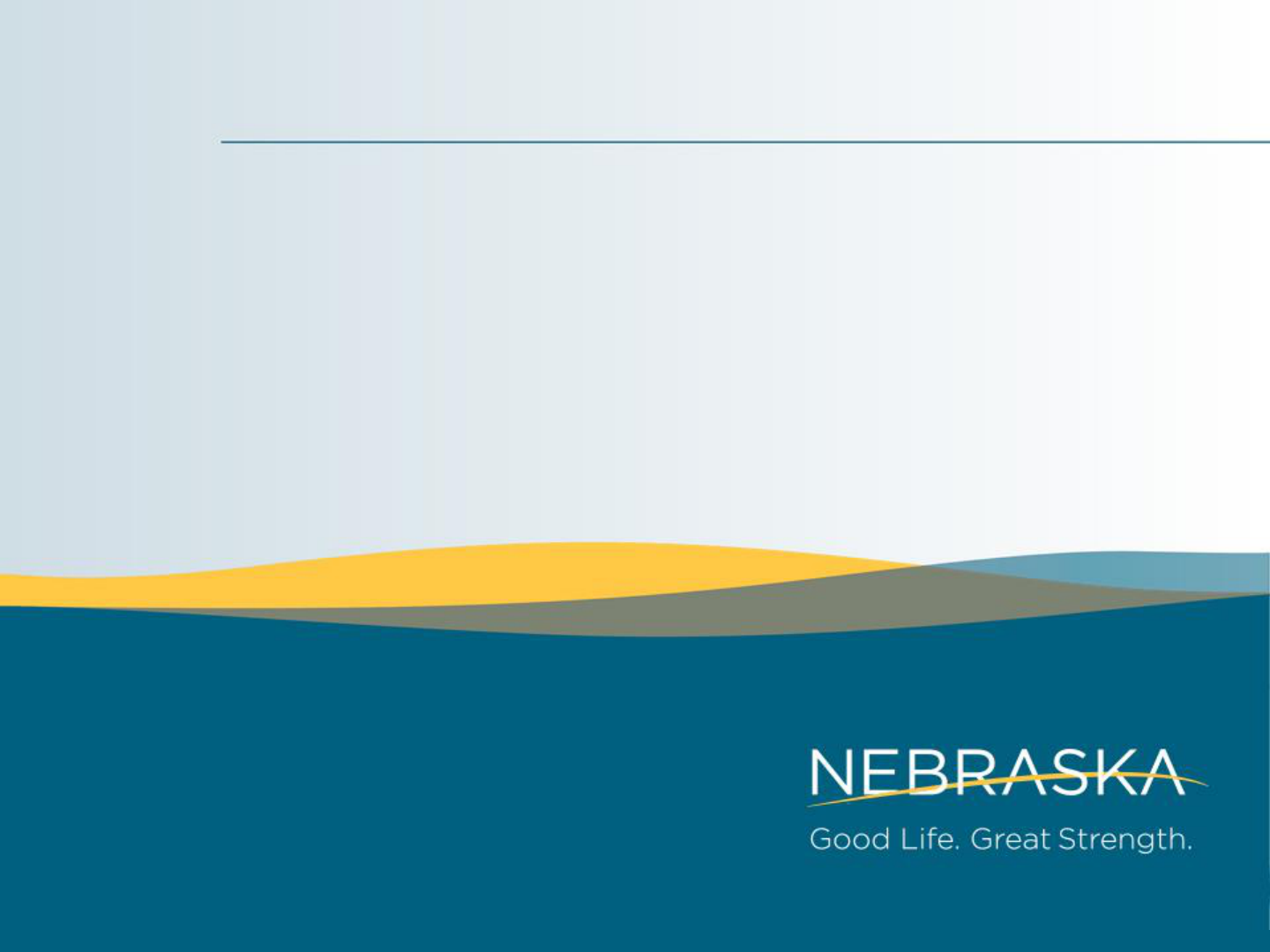
Community Development Block
Grant – Coronavirus (CDBG-CV)
Duplication of Benefits (DOB)
Subrecipient Technical Assistance (TA)
Webinar
NEBRASKA DEPARTMENT OF ECONOMIC DEVELOPMENT
CDBG-CV Program
June 29, 2022

TA Webinar Objectives
• Describe Duplication of Benefits (DOB) process
• Provide details on the DOB certification and review processes and the
subrecipient P&P template
• Elicit feedback, questions, and discussion from participants
1

2
Introduction
Important Terms
Duplication of Benefits Overview
How to Determine and Prevent a DOB
Conducting a DOB Check
Calculating DOB
DOB Verification Procedures by Program
Subrecipient DOB Template
Questions
AGENDA
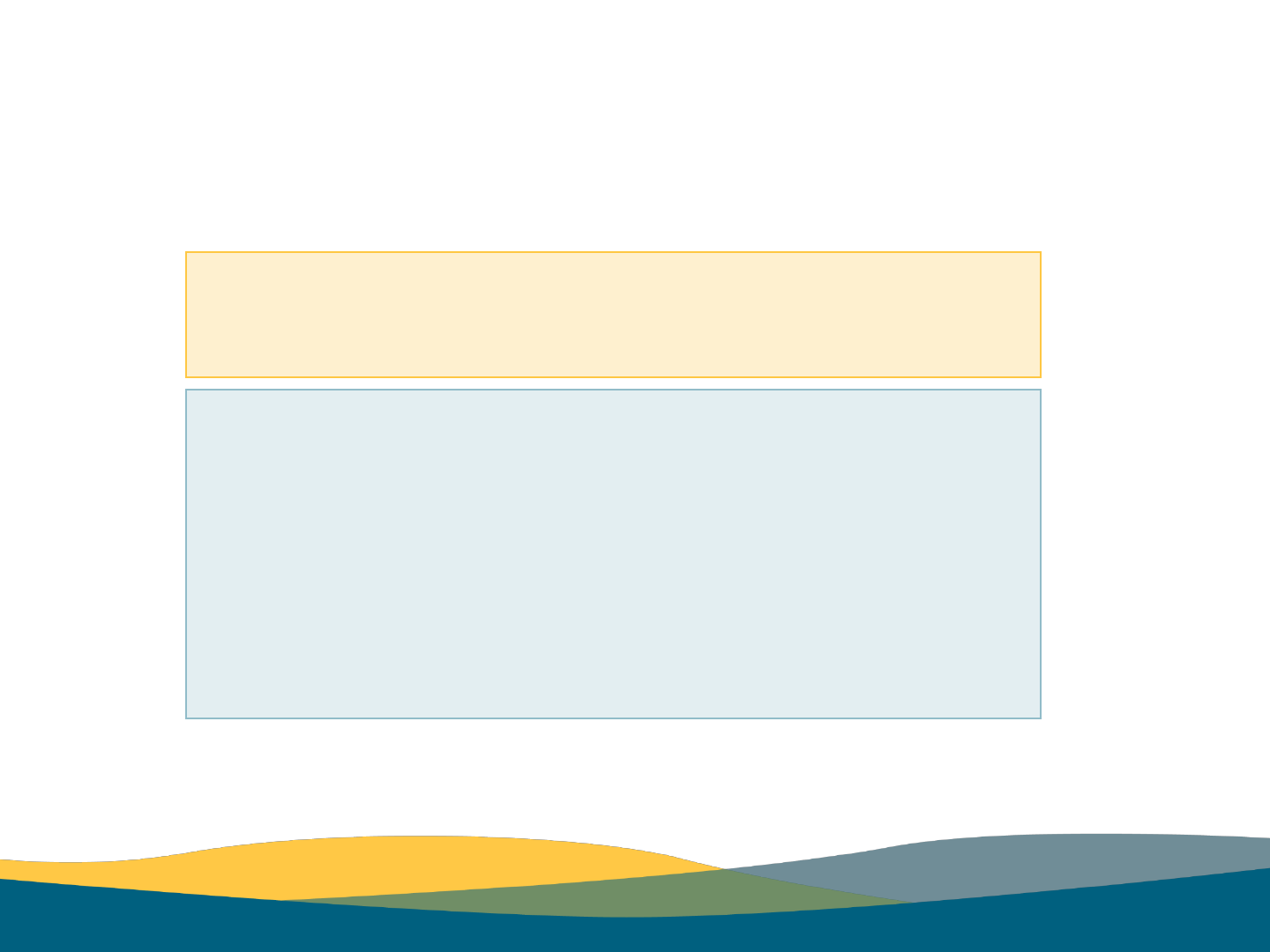
Introductions
Tom Stephens
CV Economic Development Program
Laura Hart
CV Emergency Payments Program
Andrew Moffitt
CV Emergent Threat Program
CDBG-CV Lead: Steve Charleston
CDBG/CDBG-CV
Program Manager
Nebraska Department of
Economic Development (DED)
CDBG-CV Staff:
3
Steve Charleston
CDBG Program Manager
Rebecca Schademann
Consolidated Plan Coordinator

CARES Act and the CDBG-CV Program
• CARES Act:
• The Coronavirus Aid, Relief, and Economic Security (CARES) Act (2020)
provided direct economic assistance for American workers, families, small
businesses, and industries.
• CDBG-CV:
• Nebraska was awarded $14,130,912 by HUD in CDBG-CV funds to prevent, prepare
for, and respond to COVID-19.
• DED is administering CDBG-CV funds and has updated the State’s Annual Action
Plan to detail CDBG-CV activities and allocations.
• DED has established three CDBG-CV programs for which beneficiaries sought CDBG-
CV assistance:
• Economic Development
• Coronavirus Related Emergency Payments
• Emergent Threat
4
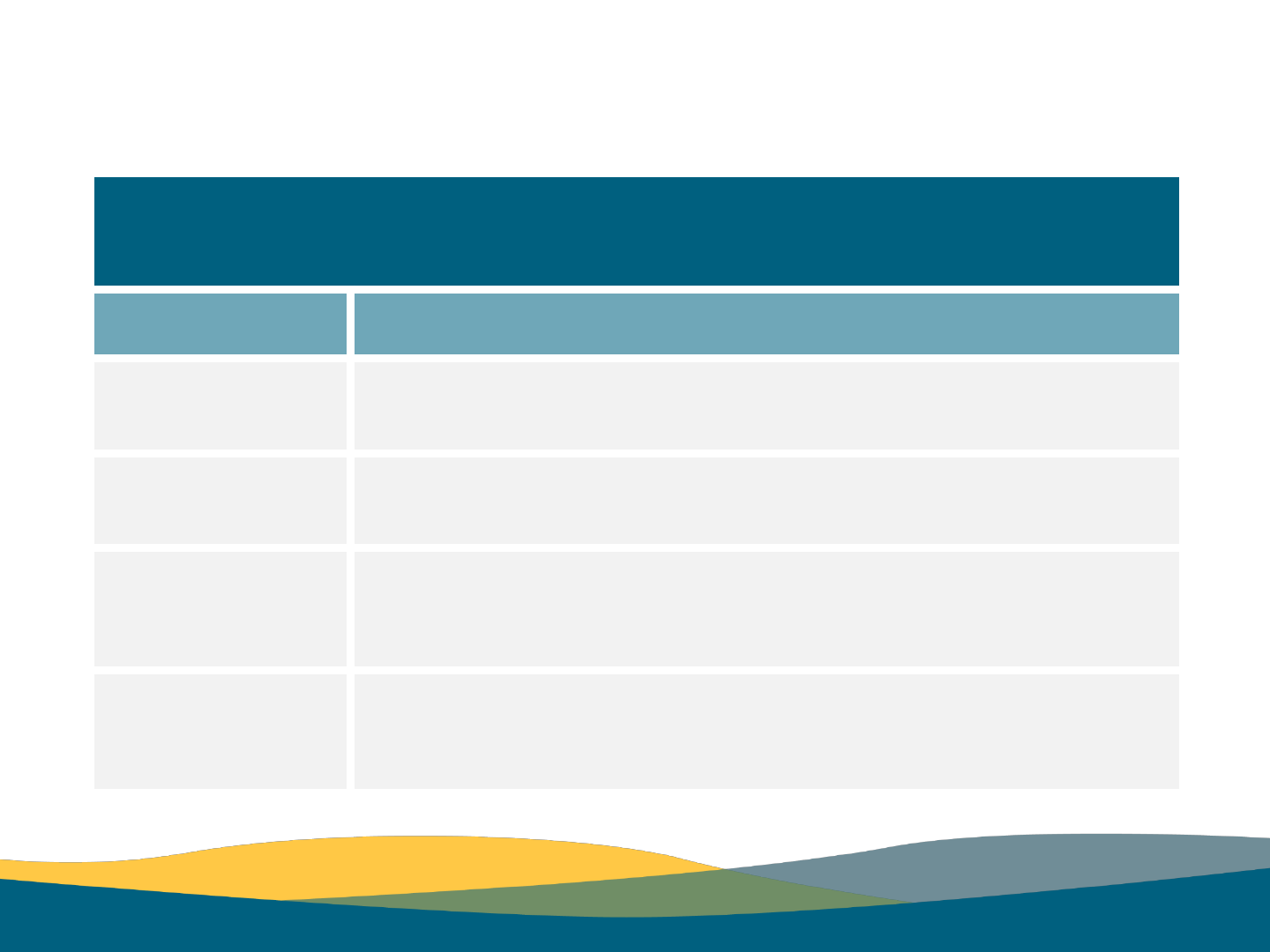
Terms to Know
5
Duplication of Benefits Glossary
See CDBG-CV Duplication of Benefits Policies & Procedures (P&P) for additional terms
Term Description
Duplication of
Benefits (DOB)
Occurs
when a beneficiary receives assistance from multiple sources and the
total
assistance
amount exceeds the need for a particular recovery purpose.
DOB Funds
Money
received for the same purpose that has already been reimbursed or paid for
by
another
source.
DOB Review
The
process of analyzing all recovery assistance received by a beneficiary to
ensure
that
recipients and subrecipients do not provide funds that duplicate other assistance.
Subrogation
The
process by which duplicative assistance paid to the beneficiary after receiving
an
award
are remitted to the Program to rectify a DOB.
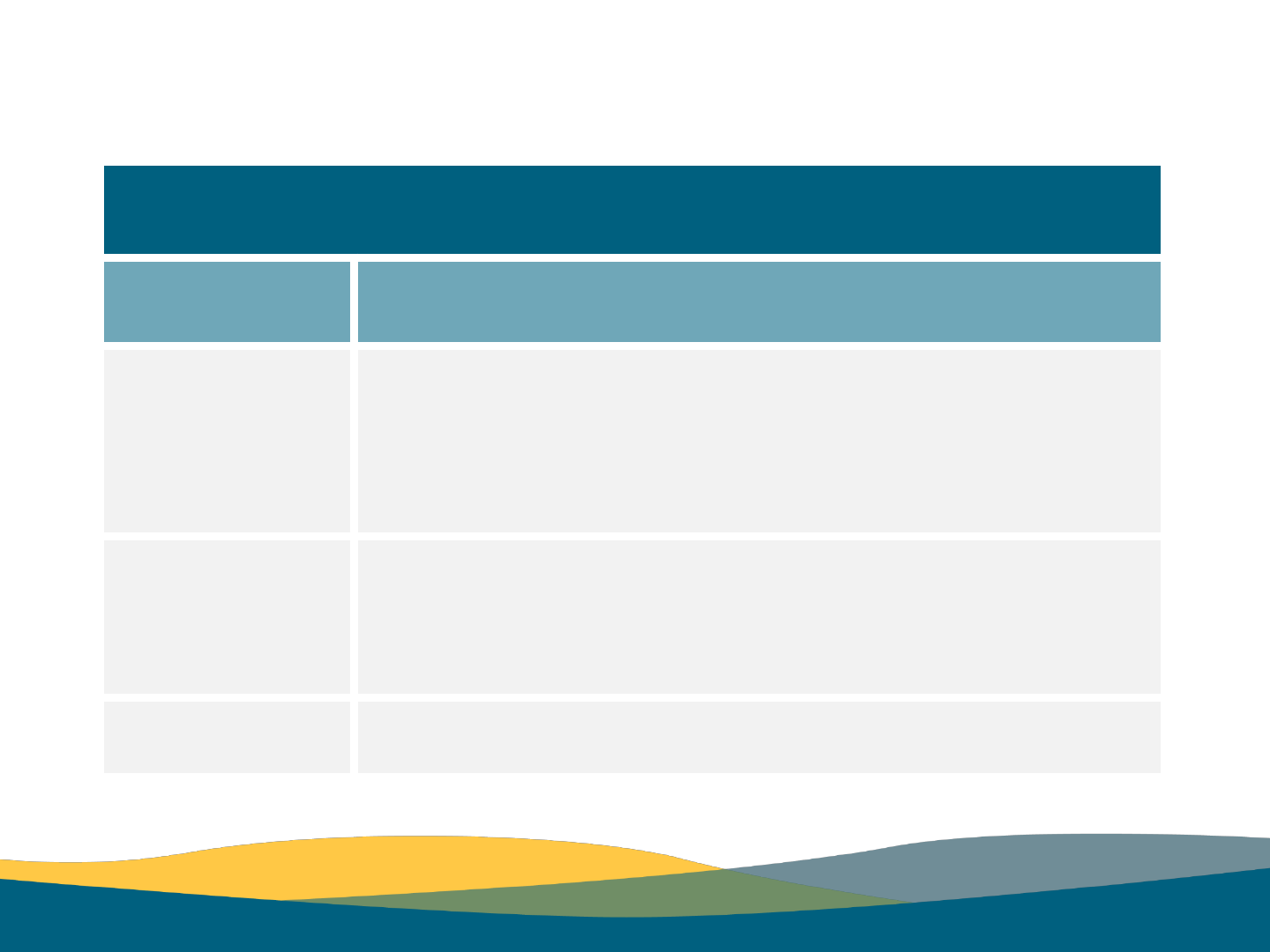
Terms to Know
6
Duplication of Benefits Glossary
See CDBG-CV Duplication of Benefits Policies & Procedures (P&P) for additional terms
Term Description
Total Assistance
Includes
resources received such as cash awards, insurance, proceeds, grants,
and
loans
received by or available to each entity, including awards under local, state,
or
federal
programs, and from private or nonprofit charity organizations.
Total Need
Includes
all needs and parameters of necessary activities current to the CDBG-
CV
Economic
Development and Emergent Threat Program subrecipient
and
Coronavirus
Related Emergency Payments Program household and is
determined
without
regard to program-specific grants.
Unmet Need
When
total need for eligible activities is more than total assistance for the
same
purpose,
the difference between these amounts is an unmet need.
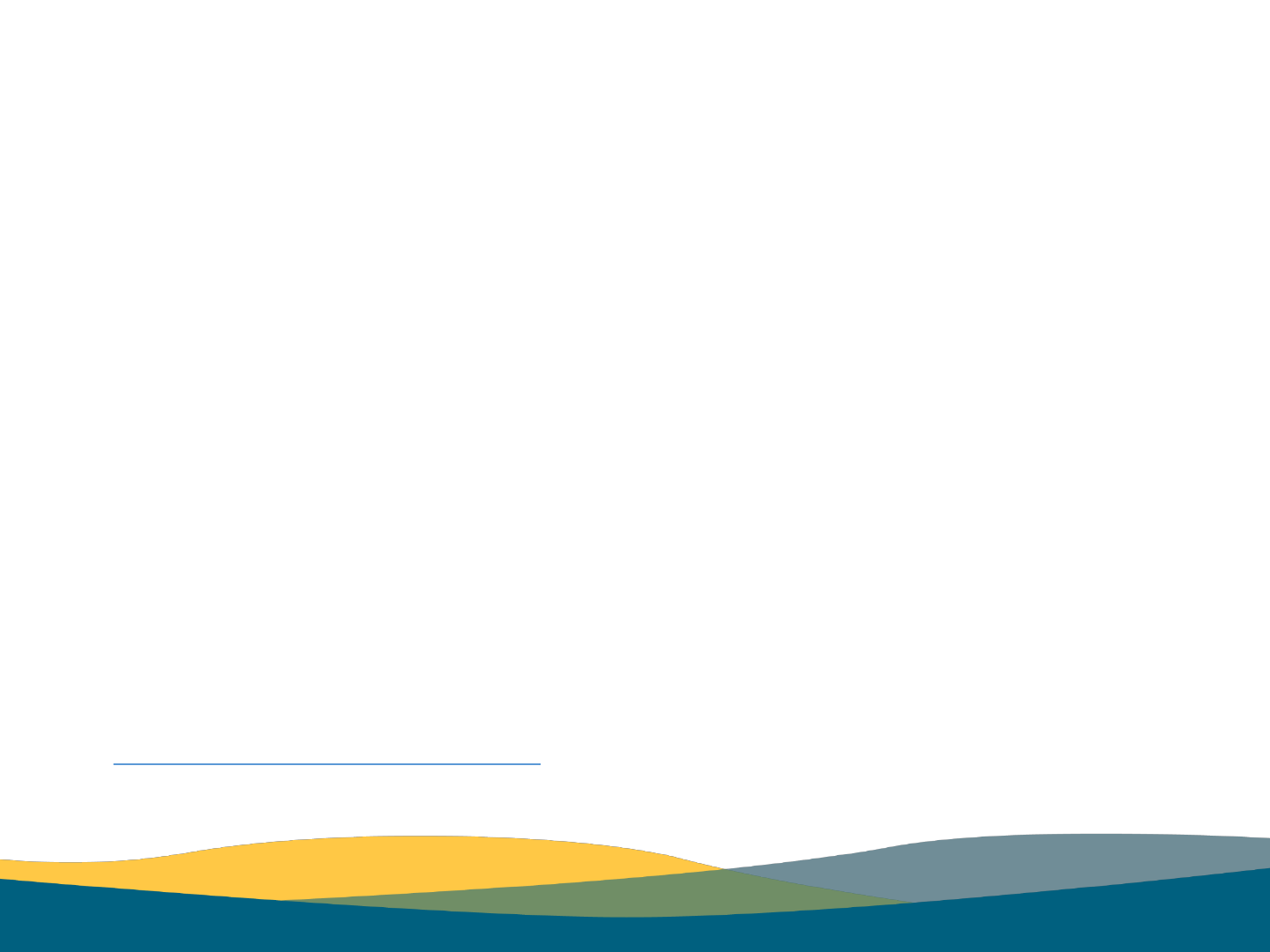
Statutory Requirement
7
• The Stafford Act includes a provision addressing DOB that applies to all Federal
agencies administering financial assistance for emergency response and long-
term recovery. CDBG-CV awards are subject to these requirements.
• The CARES Act states:
• “The Secretary shall ensure there are adequate procedures in place to prevent any
duplication of benefits as required by section 312 of the Robert T. Stafford Disaster
Relief and Emergency Assistance Act (42 U.S.C. 5155) and in accordance with section
1210 of the Disaster Recovery Reform Act of 2018 (division D of Public Law 115–254;
132 Stat. 3442), which amended section 312 of the Robert T. Stafford Disaster Relief
and Emergency Assistance Act (42 U.S.C. 5155)".
1
1 https://www.congress.gov/116/plaws/publ136/PLAW-116publ136.pdf
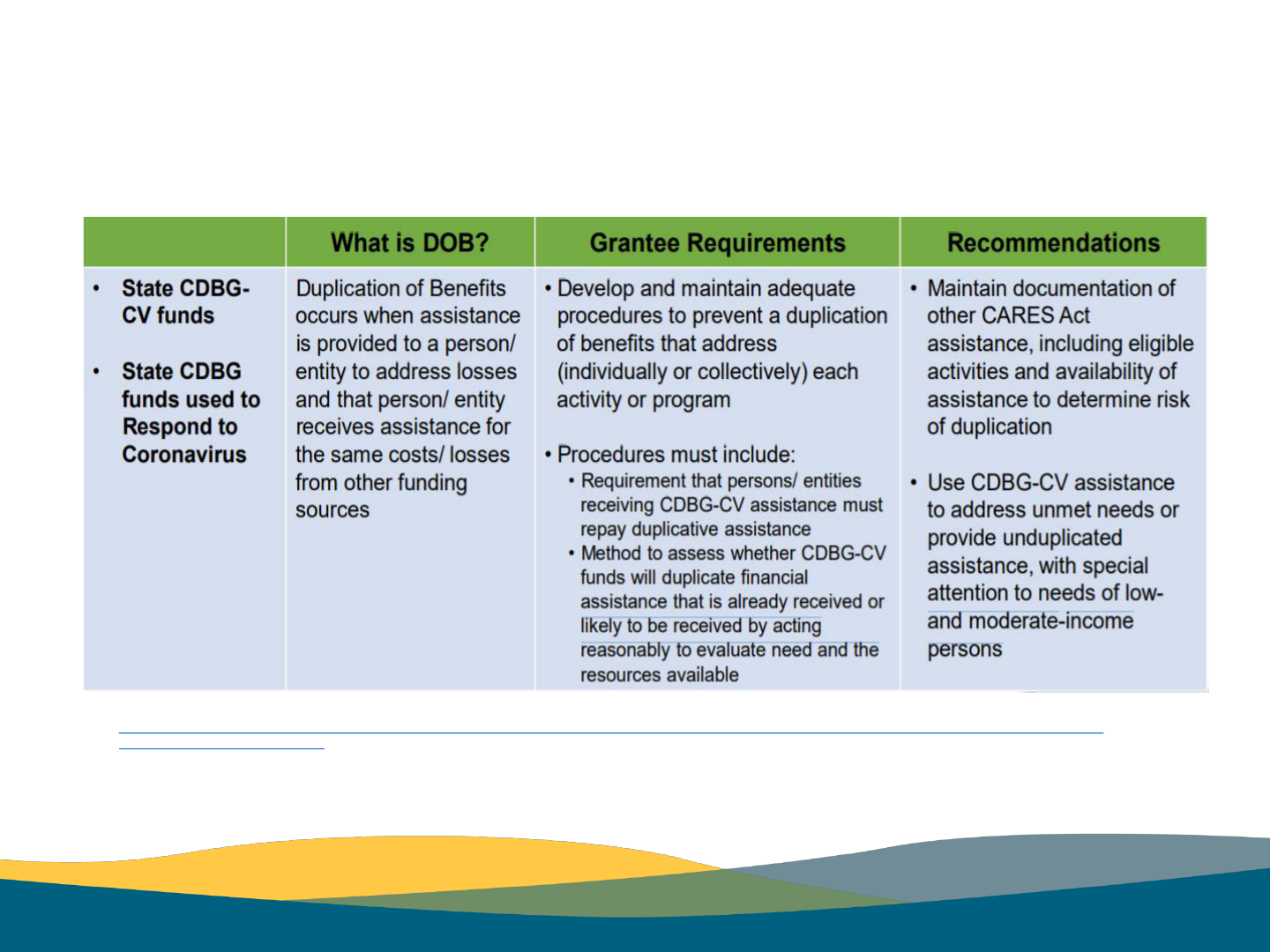
State CDBG-CV DOB
8
Source: CDBG CARES Act Webinar Series: State CDBG-CV Implementation, September 9, 2020, Slide 7
https://files.hudexchange.info/course-content/cdbg-cares-act-webinar-series-state-cdbg-cv-implementation-webinar/CDBG-CARES-Act-Webinar-Series-State-CDBG-CV-
Implementation-Webinar-Slides.pdf
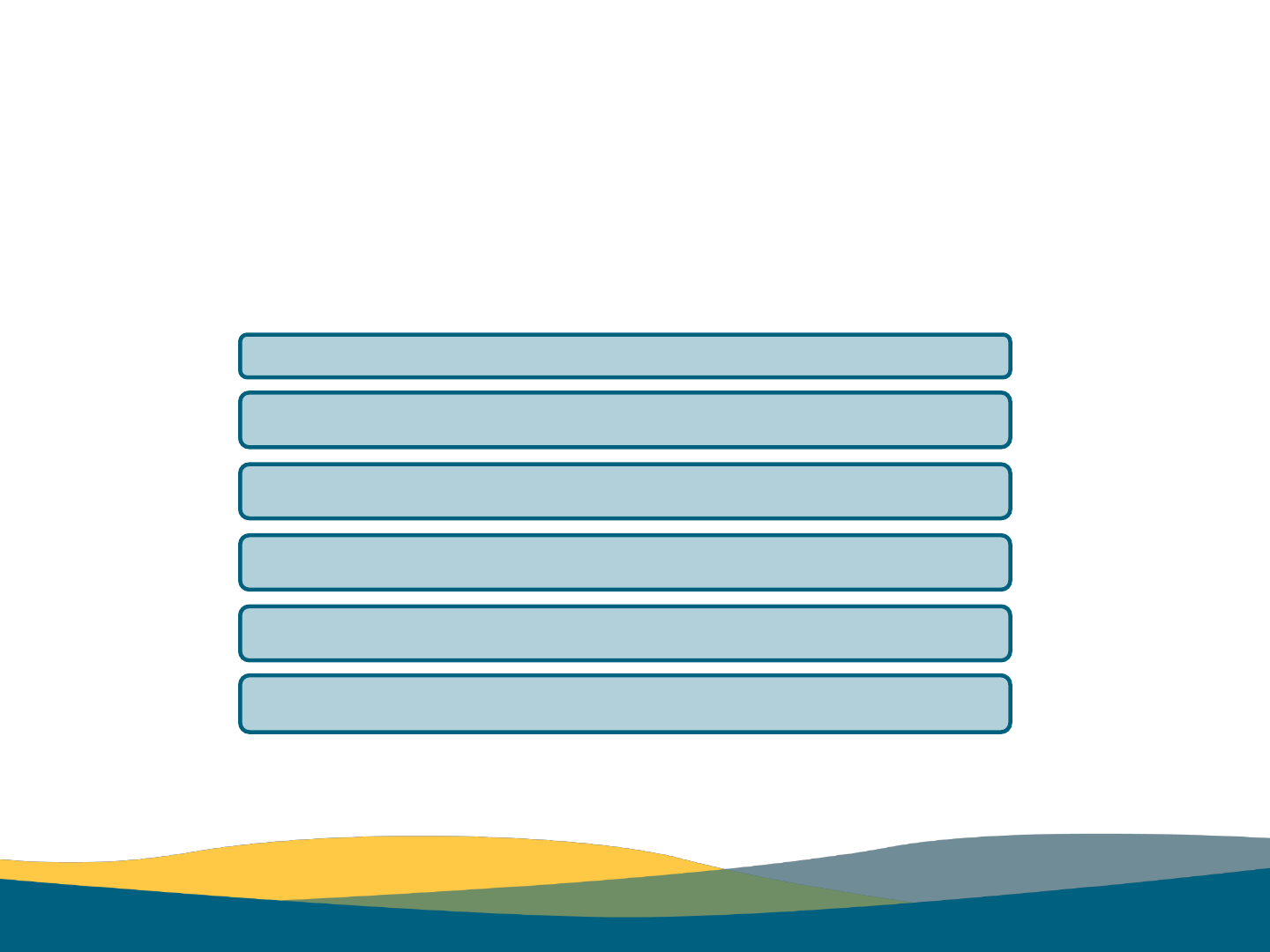
Determining and Preventing a DOB
Procedures for addressing potential DOB are incorporated into the design and
administration of projects and programs. At a minimum, these procedures
include required actions for:
9
✓ Verifying all sources of COVID-19 assistance
✓ Determining the amount of unmet need before determining award
assistance
✓ Ensuring beneficiaries enter a signed agreement to repay the assistance if
they later receive other disaster assistance for the same purpose
✓ Identifying a method to monitor compliance with the terms of the agreement
for a reasonable period
✓ Identifying the personnel or entity responsible for carrying out the DOB
review
✓ The completion and retention of documentation demonstrating the review
process in compliance with CDBG-CV record keeping requirements

Conducting a DOB Check
• Look for a potential DOB from additional sources:
• FEMA Disaster Relief Fund and Public Assistance;
• U.S. Treasury Coronavirus Relief Fund;
• American Rescue Plan;
• Locally committed funding;
• Insurance; and/or
• Non-profit assistance.
10
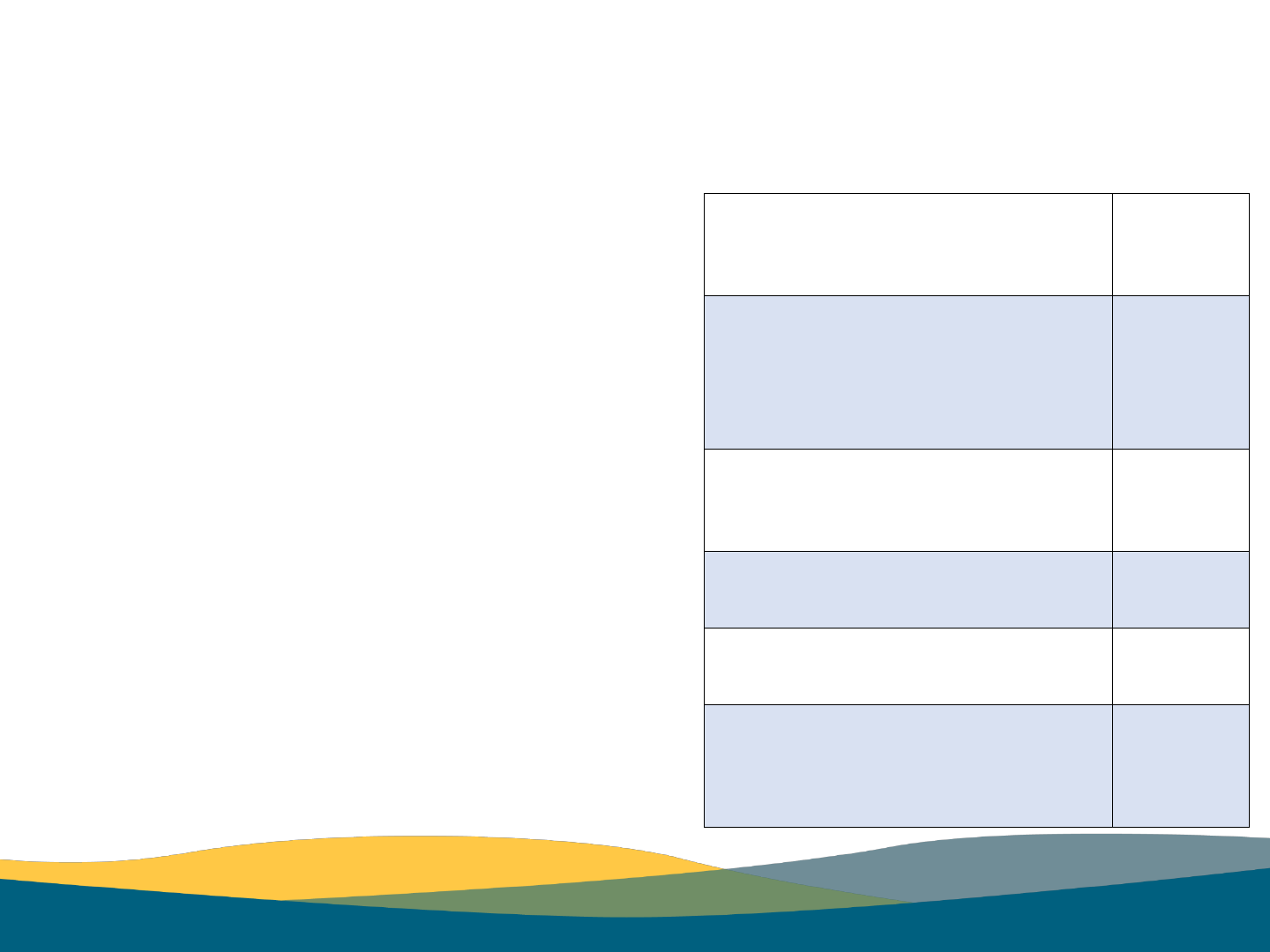
Calculating DOB
• CDBG-CV Program assistance needs are
calculated at a point in time and subsequent
adjustments may occur.
• If DED and/or subrecipient later determines
that beneficiaries of CDBG-CV funds have
received additional assistance or did not
disclose all assistance received, the award will
be reduced or modified to account for the
additional funds received.
• The final award amount is calculated by
subtracting the duplicative assistance from the
proposed activity.
• All CDBG-CV programs follow the same DOB
calculation approach.
11
Duplication of Benefits Calculation Example:
Identify Total Need (need based on the
type of program)
$
5,000
All potentially duplicative assistance
(FEMA, non-profit grant)
$
100
Assistance determined to be a DOB (e.g.,
received rent assistance)
$
50
Maximum eligible award (1 less 3)
$
4,950
Program Cap (if applicable)
$10,000
Lesser of Max. Eligible Award Amount or
Program Cap = Total Award Amount
$
4,950

Economic Development and Emergent Threat Programs
• Implementation of the Economic Development and Emergent Threat Programs
are at the subrecipient level, where DOB checks are first reviewed and verified
by the subrecipient.
• The subrecipient must work with its beneficiaries by providing a self-
certification indicating any funds they have received and for what activities.
• Both the subrecipient or beneficiary are responsible for completing a
questionnaire listing potentially duplicative assistance that they have already
received or anticipate receiving, which is then submitted to DED for review.
• DED provides sample DOB forms for subrecipients to use to identify all
available and duplicative assistance.
12

13
Program-specific DOB Verification Procedures
ECONOMIC DEVELOPMENT
Emergent Threat Program
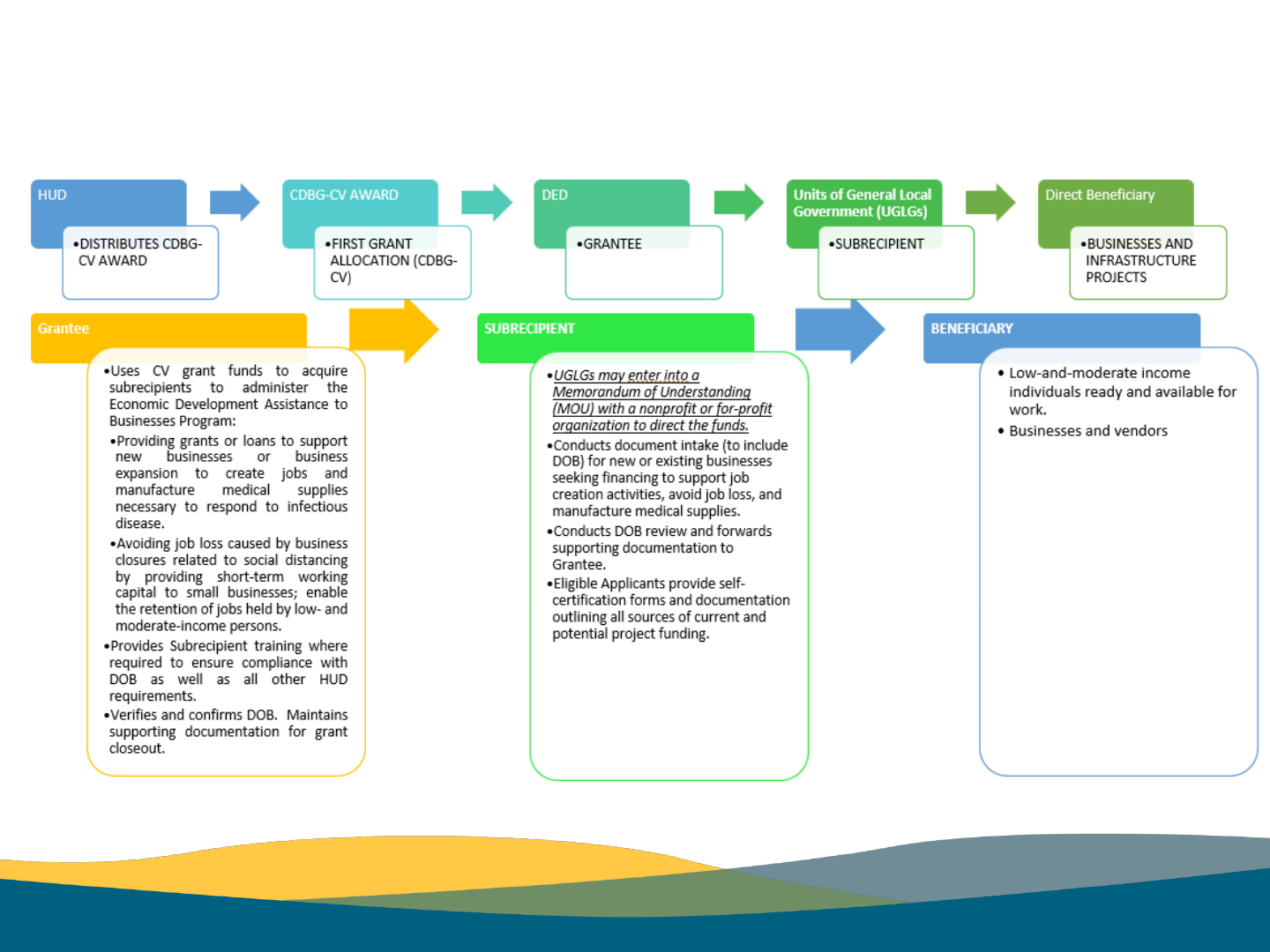
CDBG-CV Economic Development Program
Duplication of Benefits (DOB) Process Flow
14

Economic Development: DOB Verification Procedures
• DOB source documentation is added to the program or project file and
retained in accordance with the CDBG-CV record retention requirements.
• The Economic Development Program is required to verify DOB for all
payments to support new businesses, business expansion to create jobs
and manufacture medical supplies necessary to respond to infectious
disease, and to avoid short-term job loss related to enable job retention of
LMI persons.
15

16
Program-specific DOB Verification Procedures
Economic Development
EMERGENT THREAT PROGRAM
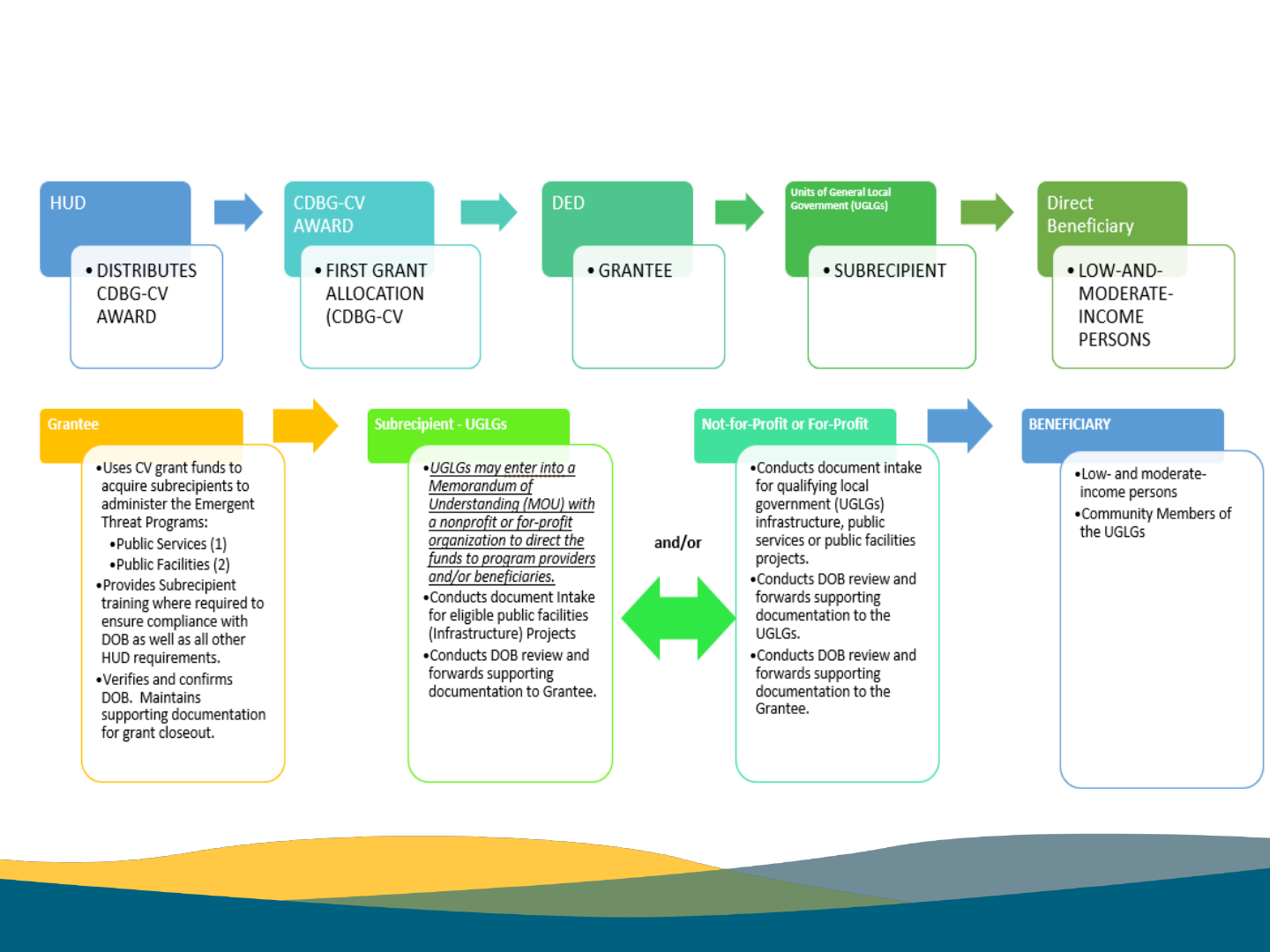
17
CDBG-CV Emergent Threat (1 & 2) Program
Duplication of Benefits (DOB) Process Flow

Emergent Threat Program: DOB Verification Procedures
• The CDBG-CV Emergent Threat Program is required to verify DOB for all
payments for public facilities and public services projects that prevent,
prepare for, and respond to COVID-19.
• Subrecipients of DED are responsible for verifying all potential beneficiary
DOB and DED will then confirm the verification.
• Beneficiaries are responsible for submitting and notifying Subrecipients of
any dollars they may have received for the same scope of work
throughout the life cycle of the CDBG-CV grant.
18

DOB Required Forms
• Program subrecipients and/or beneficiaries under the Economic
Development and Emergent Threat programs must complete the below
forms and submit to DED:
• CDBG-CV Duplication of Benefits Affidavit
• CDBG-CV Duplication of Benefits Certification
• CDBG-CV Subrogation Agreement
19

Recapturing Duplicative Assistance
• If a duplication is discovered after CDBG-CV Program assistance has been
provided, funds will be recaptured to the extent that they are in excess of need
and duplicate other assistance received for the same purpose.
• In advance of the recapture, DED will perform a reconciliation of the files for all
recipients, subrecipients and/or beneficiaries who have been identified as having
been overpaid.
• DED will document the amount and basis for repayment in a written letter to the
subrecipient or beneficiary (as applicable), as well as procedures for repaying
the funds.
• If a subrecipient or beneficiary disagrees with the amount owed or the basis for
repayment, a written appeal of the repayment determination can be submitted.
20

21
Questions?

22
Subrecipient DOB P&P Template

Subrecipient DOB Policies & Procedures
• Subrecipients completed initial DOB forms as a part of completing Special
Conditions for Subrecipient Agreements with DED.
• DED requires subrecipients to develop and maintain adequate written policies
and procedures to prevent a DOB.
• These policies and procedures are not adequate unless they include, at a
minimum:
• (1) a requirement that any person or entity receiving CDBG-CV funds (including
subrecipients and direct beneficiaries) must agree to repay assistance that is
determined to be duplicative; and
• (2) a method of assessing and documenting whether the use of CDBG-CV funds will
duplicate financial assistance that is already received or is likely to be received by acting
reasonably to evaluate need and the resources available to meet that need.
23

Subrecipient DOB Policy & Procedure Template
• Entities may utilize their existing DOB P&Ps (if available) or utilize the template
provided by DED to create a P&P guide for the entity.
• The template provided by DED contains instructions in RED to assist in the
development of your entity’s P&P.
• Remove any red text prior to submission.
• The template includes substantive background information and best practices.
You may keep, remove, or add additional details on your entity’s processes to
the existing information provided, however, you must include at a minimum the
requirements set forth in the Subrecipient Agreement.
24

Subrecipient DOB P&P Submission and Review
• Please submit the P&P to DED at [email protected] no later than
45 days from the date of DED’s outreach email.
• The document should clearly reference your entity’s name (e.g., place on
your entity’s stationary).
• If your entity is implementing projects under both programs, please submit
one document covering the process for both programs.
• DED will review to ensure the P&P meets the requirements set forth in the
Subrecipient Agreement and may reach out with questions or requests for
more information.
25
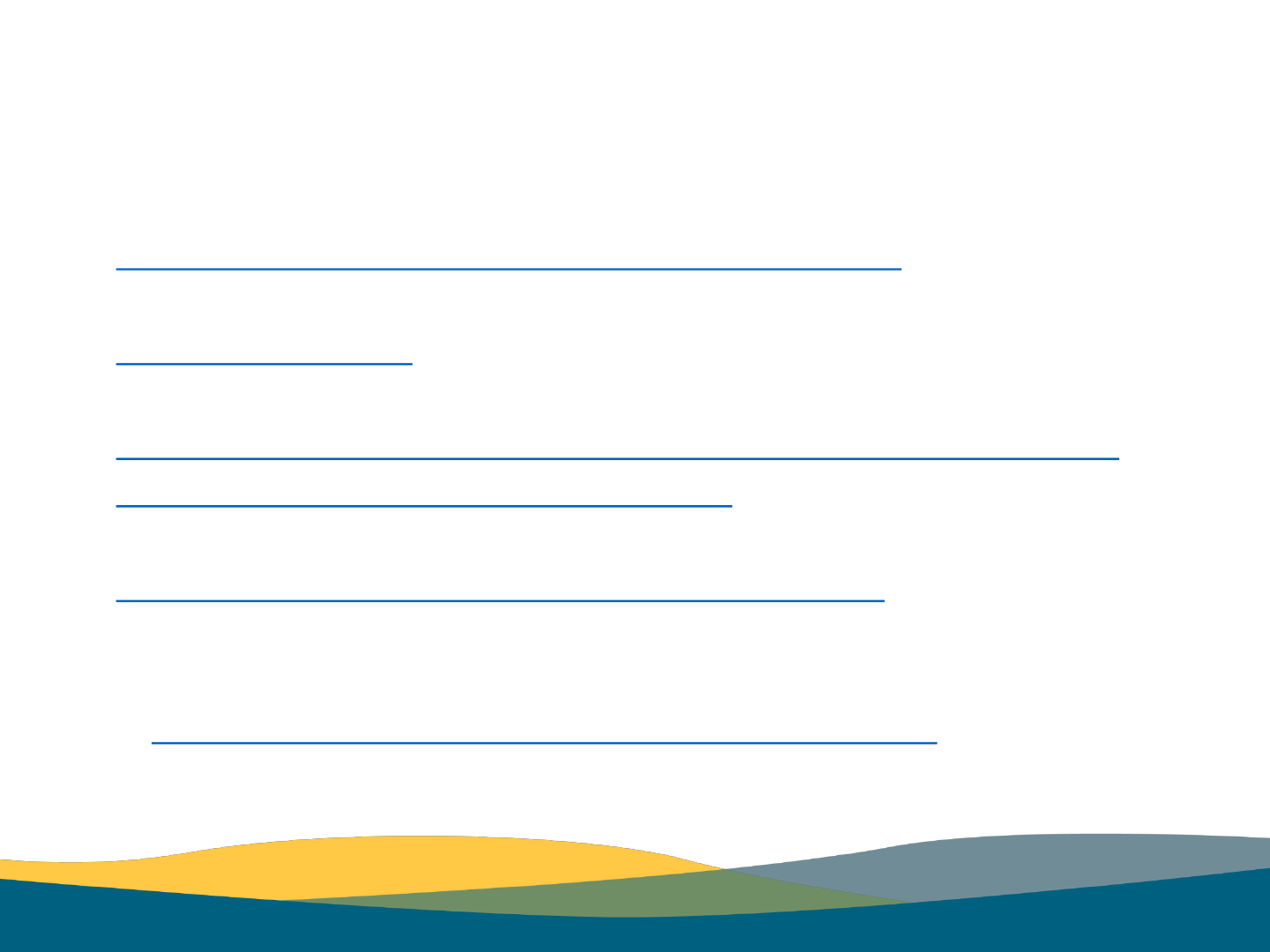
CDBG-CV Resources
• DED DOB Policies & Procedures
• https://opportunity.nebraska.gov/programs/community/cdbg-cv/
• CDBG-CV Federal Register Notice published on 8/7/20
• Federal Register Notice
• CDBG-CV Resources
• https://www.hud.gov/program_offices/comm_planning/cdbg_programs_covi d-19
• https://www.hudexchange.info/programs/cdbg-cv/
• CDBG-CV Ask a Question
• https://www.hudexchange.info/program- support/my-question/
• Other Link(s)
• Environmental Guidance
• https://www.hudexchange.info/programs/environmental-review/
26

27
Questions?
